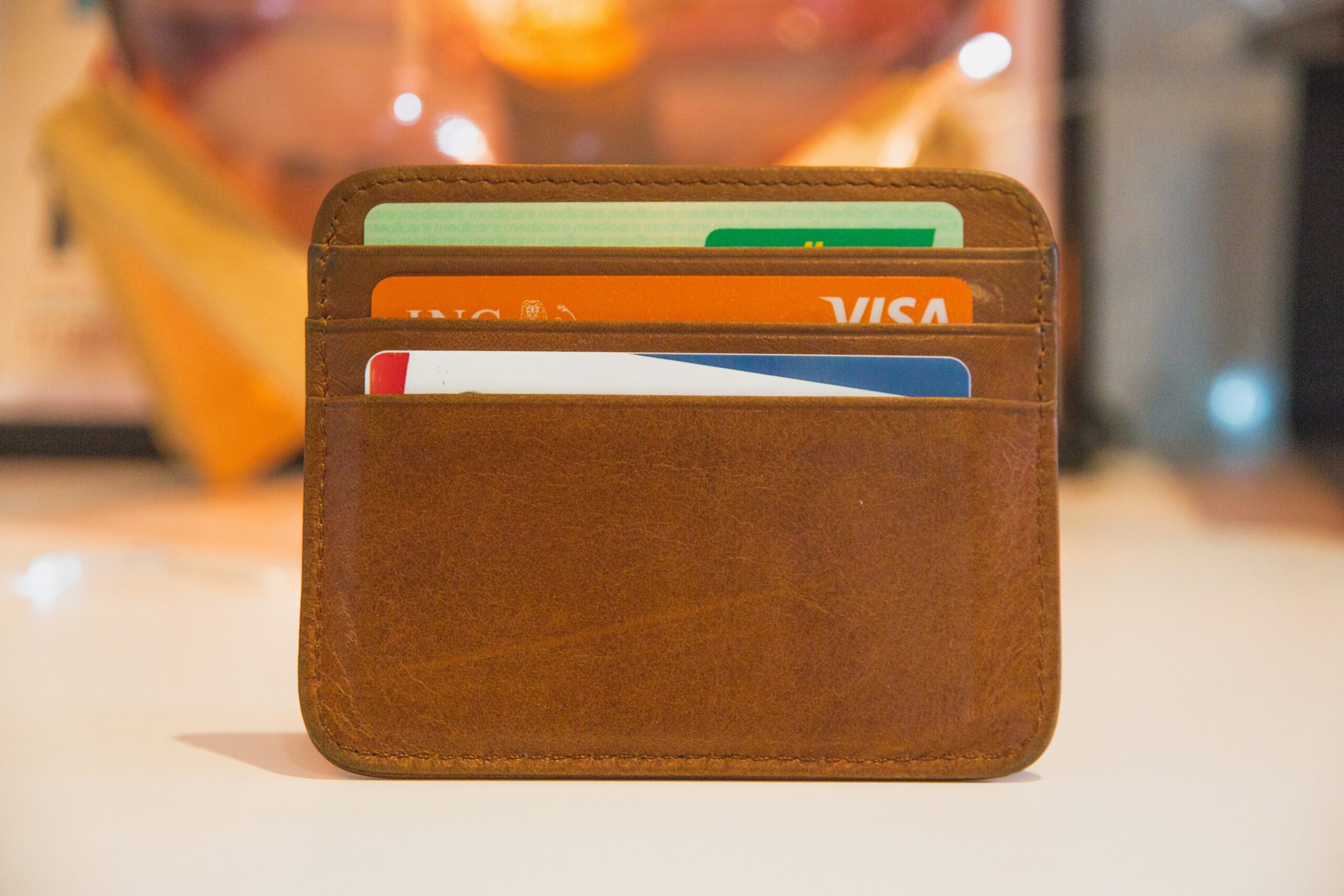“Have you ever considered merging your finances with someone else’s—only to realize the risks are as big as your Netflix-and-chill debt?” If so, you’re not alone. Joint credit cards aren’t just about convenience; they come with shared responsibility—or credit card joint liability.
In this article, we’ll break down what credit card joint liability means, why it matters for couples or business partners, and how to navigate it without burning bridges (or your credit score). Here’s a quick sneak peek of what you’ll learn:
- How joint credit cards work
- The pros and cons of credit card joint liability
- Tips to protect yourself financially when sharing a credit card
- Real-life examples of joint credit card success (and failure)
Table of Contents
- Why Does Credit Card Joint Liability Matter?
- How to Apply for a Joint Credit Card Safely
- Proven Tips to Manage Joint Credit Cards Like a Pro
- Joint Credit Card Success Stories vs. Epic Fails
- FAQs About Credit Card Joint Liability
Key Takeaways
- Credit card joint liability means both parties are equally responsible for payments.
- It can boost trust but also create financial headaches if not managed well.
- Couples who communicate openly tend to succeed more with joint credit cards.
- Always check terms and conditions before signing up for one.
Why Does Credit Card Joint Liability Matter?

Picturing credit card joint liability feels like holding hands on a rollercoaster—you’re in it together, whether things go smoothly or plummet into chaos. Let me paint a picture:
A few years ago, my best friend Sarah co-signed on her partner’s credit card account without understanding the full implications. When he missed several payments due to medical issues, guess whose credit took a nosedive? Yup, Sarah’s.
This isn’t an isolated incident. The Federal Reserve reports that nearly 50% of Americans carry some form of revolving debt, much of which involves shared accounts. Whether between spouses, siblings, or business partners, credit card joint liability impacts everyone involved.
Grumpy Optimist Dialogue:
Optimist You: “We’re building trust by managing money together!”
Grumpy You: “Yeah, until somebody forgets to pay the bill, genius.”
How to Apply for a Joint Credit Card Safely
If you’re ready to dive into applying for a joint credit card, here’s how to do it right:
Step 1: Assess Financial Compatibility
No, I’m not talking zodiac signs here. Before even considering joint credit, have an honest conversation about spending habits, savings goals, and any existing debts. This step is crucial for avoiding future arguments.
Step 2: Research Credit Card Options
Not all credit cards are created equal. Some offer perks like cashback rewards or travel points, while others impose higher interest rates. Find one that aligns with both users’ needs. Websites like NerdWallet provide excellent comparison tools.
Step 3: Review the Fine Print
Trust me, you don’t want to skip this part. Understand what happens if one person defaults, accrues late fees, or overspends beyond agreed limits. Knowledge really is power here.
Proven Tips to Manage Joint Credit Cards Like a Pro
Tip #1: Set Spending Limits—and Stick To Them
Create invisible boundaries, like $500 per month each. Use budgeting apps like Mint or YNAB to track spending effortlessly.
Tip #2: Automate Payments
Nobody likes being ambushed by overdue bills. Automating minimum payments ensures neither party misses deadlines.
Tip #3: Avoid Racking Up Debt
Sure, buying that $800 Dyson vacuum might feel justified—but will it haunt you later? Try using your joint card only for essential expenses initially.
Terrific Tip Disclaimer
Pro Tip Gone Wrong: Don’t split payments unevenly unless absolutely necessary. Unequal contributions can lead to resentment faster than stale coffee.
Joint Credit Card Success Stories vs. Epic Fails
Example 1: Sarah & Mark – The Perfect Duo
Sarah and Mark set clear guidelines from the start: groceries go on the joint card, dining out stays separate. Regular check-ins prevent misunderstandings, and they’ve built stellar credit histories along the way.
Example 2: Emily & James – A Cautionary Tale
Emily trusted James completely, allowing him free rein over their joint account. Fast forward six months: mounting debt forced them to reconsider their arrangement altogether.
FAQs About Credit Card Joint Liability
Q: Can I remove myself from a joint credit card?
A: Yes, but it often requires closing the account entirely. Both parties must agree to close it.
Q: What happens if my co-applicant defaults?
A: As per credit card joint liability, you’ll be held accountable for the remaining balance.
Q: Are there alternatives to joint credit cards?
A: Absolutely! Consider authorized user accounts instead, where only one person retains legal responsibility.
Conclusion
Navigating credit card joint liability doesn’t have to feel like walking a tightrope. With careful planning, open communication, and the right tools, you can build stronger relationships—and healthier finances.
Remember: Like keeping Tamagotchis alive in the ’90s, maintaining joint credit health requires daily care. Stay consistent, stay vigilant, and remember… coffee helps!
*Final Haiku*
Shared plastic, big risk, Two hearts beat as one wallet— Budget wisely, friends.


